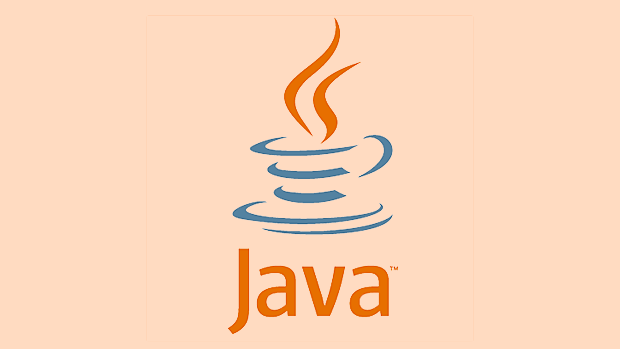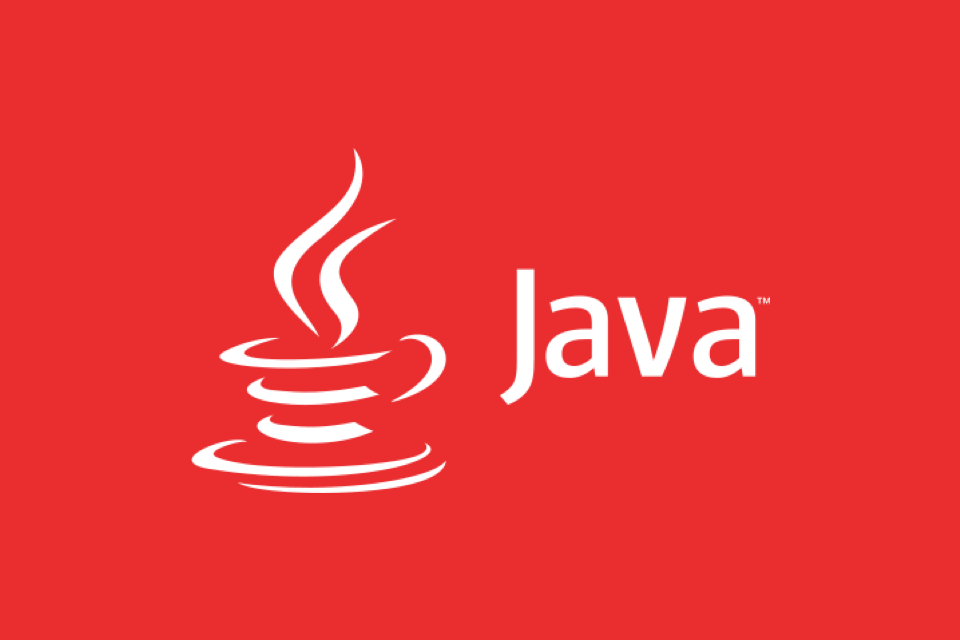Stack Overflow is an error caused by the depth of the thread call stack exceeding the JVM limit. It is common in infinite recursion or too deep recursion. It can be prevented by avoiding deep recursion and setting a reasonable stack size; Heap Dump is a heap memory snapshot generated by the JVM in memory overflow and other situations. It is used to analyze memory leaks and object occupations. It can be triggered by OutOfMemoryError, jmap or JVM parameters. Common tools include Eclipse MAT, VisualVM and jhat; although the two are not directly related, Stack Overflow may indirectly raise OutOfMemoryError, thereby generating Heap Dump. When troubleshooting, you should first check the code logic, and then analyze memory usage in combination with Heap Dump.

During the running process, Java applications sometimes crash due to memory or call stack problems. Among them, Stack Overflow and Heap Dump are two common phenomena, which reflect the exceptions of the program in terms of call stack depth and heap memory, respectively. If you are troubleshooting Java application crashes, it is very important to understand both.

What is Stack Overflow?
Stack Overflow refers to the maximum depth allowed in a Java virtual machine (JVM). Each thread has a private call stack that saves the frame information of the method call. When the recursive call is too deep or the methods are nested too much, it may cause the stack space to be exhausted, thereby throwing java.lang.StackOverflowError .
Common reasons and suggestions:
- Infinite recursion : For example, writing a recursive function without a termination condition.
- Recursion level is too deep : Although it is not infinite recursion, the number of call layers exceeds the default stack size.
- The thread stack size setting is unreasonable : The default thread stack size of the JVM is usually 1MB (depend on the platform for details), and can be adjusted through the
-Xssparameter.
- Avoid using deep recursion and prioritize rewriting to loop structures. - If recursion must be used, make sure there is a clear termination condition. - For applications with more concurrent tasks, appropriately reduce the thread stack size (such as -Xss256k) to avoid memory waste.
Note: Increasing the stack size does not fundamentally solve the problem, but may conceal the real logical flaws.
What is Heap Dump? When will it be generated?
Heap Dump is a snapshot file generated by the JVM in the event of an OutOfMemoryError or other specified situation, recording the status of all objects in the heap memory. It is very useful for analyzing memory leaks, large object occupancy and other issues.
Common scenarios that trigger Heap Dump:
- The program throws
OutOfMemoryError - Manually triggered via jmap or JMX
- Automatically trigger using JVM startup parameters:
-XX: HeapDumpOnOutOfMemoryError -XX:HeapDumpPath=./heapdump.hprof
How to analyze Heap Dump?
Heap Dump files are usually large and require tools to analyze:

- Eclipse MAT (Memory Analyzer) : Powerful, suitable for in-depth analysis of memory leaks.
- VisualVM / JConsole : Lightweight, suitable for initial viewing of object distribution.
- jhat : JDK comes with command line tools that can be viewed with the browser.
Once you open Heap Dump, you can focus on the following aspects:
- Which classes have the largest number of instances?
- Which objects occupy the most memory?
- Is there an unreleased cache or listener?
The relationship between Stack Overflow and Heap Dump
Although Stack Overflow itself does not directly cause Heap Dump to be generated, if other problems are raised during the exception handling process (such as failure to create an object when trying to print an error log), the chain may raise OutOfMemoryError , which triggers Heap Dump.
Therefore, in some complex systems, it is not uncommon to see a StackOverflowError immediately following an OutOfMemoryError. In this case, Heap Dump may help you find the "last straw that broke the camel's back."
Basically that's it. When encountering this type of problem, first confirm whether it is a logical problem in the code, and then analyze resource usage by combining Heap Dump, you can find the root cause most of the time.
The above is the detailed content of Understanding Java Stack Overflows and Heap Dumps. For more information, please follow other related articles on the PHP Chinese website!

Hot AI Tools

Undress AI Tool
Undress images for free

Undresser.AI Undress
AI-powered app for creating realistic nude photos

AI Clothes Remover
Online AI tool for removing clothes from photos.

Clothoff.io
AI clothes remover

Video Face Swap
Swap faces in any video effortlessly with our completely free AI face swap tool!

Hot Article

Hot Tools

Notepad++7.3.1
Easy-to-use and free code editor

SublimeText3 Chinese version
Chinese version, very easy to use

Zend Studio 13.0.1
Powerful PHP integrated development environment

Dreamweaver CS6
Visual web development tools

SublimeText3 Mac version
God-level code editing software (SublimeText3)

Hot Topics
 Difference between HashMap and Hashtable?
Jun 24, 2025 pm 09:41 PM
Difference between HashMap and Hashtable?
Jun 24, 2025 pm 09:41 PM
The difference between HashMap and Hashtable is mainly reflected in thread safety, null value support and performance. 1. In terms of thread safety, Hashtable is thread-safe, and its methods are mostly synchronous methods, while HashMap does not perform synchronization processing, which is not thread-safe; 2. In terms of null value support, HashMap allows one null key and multiple null values, while Hashtable does not allow null keys or values, otherwise a NullPointerException will be thrown; 3. In terms of performance, HashMap is more efficient because there is no synchronization mechanism, and Hashtable has a low locking performance for each operation. It is recommended to use ConcurrentHashMap instead.
 Why do we need wrapper classes?
Jun 28, 2025 am 01:01 AM
Why do we need wrapper classes?
Jun 28, 2025 am 01:01 AM
Java uses wrapper classes because basic data types cannot directly participate in object-oriented operations, and object forms are often required in actual needs; 1. Collection classes can only store objects, such as Lists use automatic boxing to store numerical values; 2. Generics do not support basic types, and packaging classes must be used as type parameters; 3. Packaging classes can represent null values ??to distinguish unset or missing data; 4. Packaging classes provide practical methods such as string conversion to facilitate data parsing and processing, so in scenarios where these characteristics are needed, packaging classes are indispensable.
 What are static methods in interfaces?
Jun 24, 2025 pm 10:57 PM
What are static methods in interfaces?
Jun 24, 2025 pm 10:57 PM
StaticmethodsininterfaceswereintroducedinJava8toallowutilityfunctionswithintheinterfaceitself.BeforeJava8,suchfunctionsrequiredseparatehelperclasses,leadingtodisorganizedcode.Now,staticmethodsprovidethreekeybenefits:1)theyenableutilitymethodsdirectly
 How does JIT compiler optimize code?
Jun 24, 2025 pm 10:45 PM
How does JIT compiler optimize code?
Jun 24, 2025 pm 10:45 PM
The JIT compiler optimizes code through four methods: method inline, hot spot detection and compilation, type speculation and devirtualization, and redundant operation elimination. 1. Method inline reduces call overhead and inserts frequently called small methods directly into the call; 2. Hot spot detection and high-frequency code execution and centrally optimize it to save resources; 3. Type speculation collects runtime type information to achieve devirtualization calls, improving efficiency; 4. Redundant operations eliminate useless calculations and inspections based on operational data deletion, enhancing performance.
 What is an instance initializer block?
Jun 25, 2025 pm 12:21 PM
What is an instance initializer block?
Jun 25, 2025 pm 12:21 PM
Instance initialization blocks are used in Java to run initialization logic when creating objects, which are executed before the constructor. It is suitable for scenarios where multiple constructors share initialization code, complex field initialization, or anonymous class initialization scenarios. Unlike static initialization blocks, it is executed every time it is instantiated, while static initialization blocks only run once when the class is loaded.
 What is the `final` keyword for variables?
Jun 24, 2025 pm 07:29 PM
What is the `final` keyword for variables?
Jun 24, 2025 pm 07:29 PM
InJava,thefinalkeywordpreventsavariable’svaluefrombeingchangedafterassignment,butitsbehaviordiffersforprimitivesandobjectreferences.Forprimitivevariables,finalmakesthevalueconstant,asinfinalintMAX_SPEED=100;wherereassignmentcausesanerror.Forobjectref
 What is the Factory pattern?
Jun 24, 2025 pm 11:29 PM
What is the Factory pattern?
Jun 24, 2025 pm 11:29 PM
Factory mode is used to encapsulate object creation logic, making the code more flexible, easy to maintain, and loosely coupled. The core answer is: by centrally managing object creation logic, hiding implementation details, and supporting the creation of multiple related objects. The specific description is as follows: the factory mode handes object creation to a special factory class or method for processing, avoiding the use of newClass() directly; it is suitable for scenarios where multiple types of related objects are created, creation logic may change, and implementation details need to be hidden; for example, in the payment processor, Stripe, PayPal and other instances are created through factories; its implementation includes the object returned by the factory class based on input parameters, and all objects realize a common interface; common variants include simple factories, factory methods and abstract factories, which are suitable for different complexities.
 What is type casting?
Jun 24, 2025 pm 11:09 PM
What is type casting?
Jun 24, 2025 pm 11:09 PM
There are two types of conversion: implicit and explicit. 1. Implicit conversion occurs automatically, such as converting int to double; 2. Explicit conversion requires manual operation, such as using (int)myDouble. A case where type conversion is required includes processing user input, mathematical operations, or passing different types of values ??between functions. Issues that need to be noted are: turning floating-point numbers into integers will truncate the fractional part, turning large types into small types may lead to data loss, and some languages ??do not allow direct conversion of specific types. A proper understanding of language conversion rules helps avoid errors.







